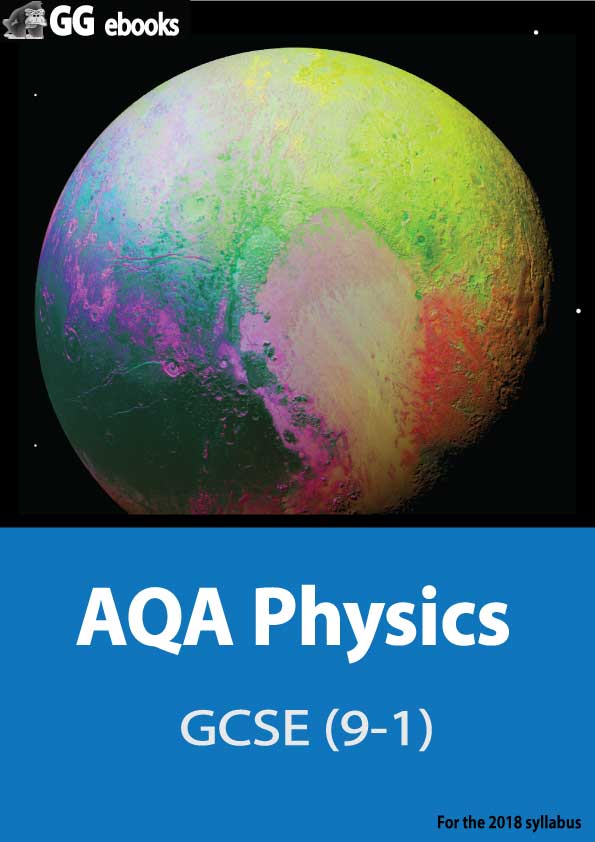AQA GCSE Matter
Page 1
NEED HELP? |
  |
1.
Which of these sentences is true?
|
|||||||||||||||||||||||||||||||||||||
| 2-4: Which of these descriptions matches which state(s) of matter? | |||||||||||||||||||||||||||||||||||||
| 2. Particles are widely separated. | |||||||||||||||||||||||||||||||||||||
| 3. No fixed shape. | |||||||||||||||||||||||||||||||||||||
| 4. Strong bonds hold the particles firmly in place. | |||||||||||||||||||||||||||||||||||||
|
|||||||||||||||||||||||||||||||||||||
|
|||||||||||||||||||||||||||||||||||||
6. What is the formula for density?
|
|||||||||||||||||||||||||||||||||||||
7. A liquid is added to a measuring cylinder to find the density. What is the correct calculation to find the mass of the liquid?
|
|||||||||||||||||||||||||||||||||||||
|
8-13: This table shows data for various blocks labelled P, Q, R and S, made of of different substances. |
 |
||||||||||||||||||||||||||||||||||||
|
|||||||||||||||||||||||||||||||||||||